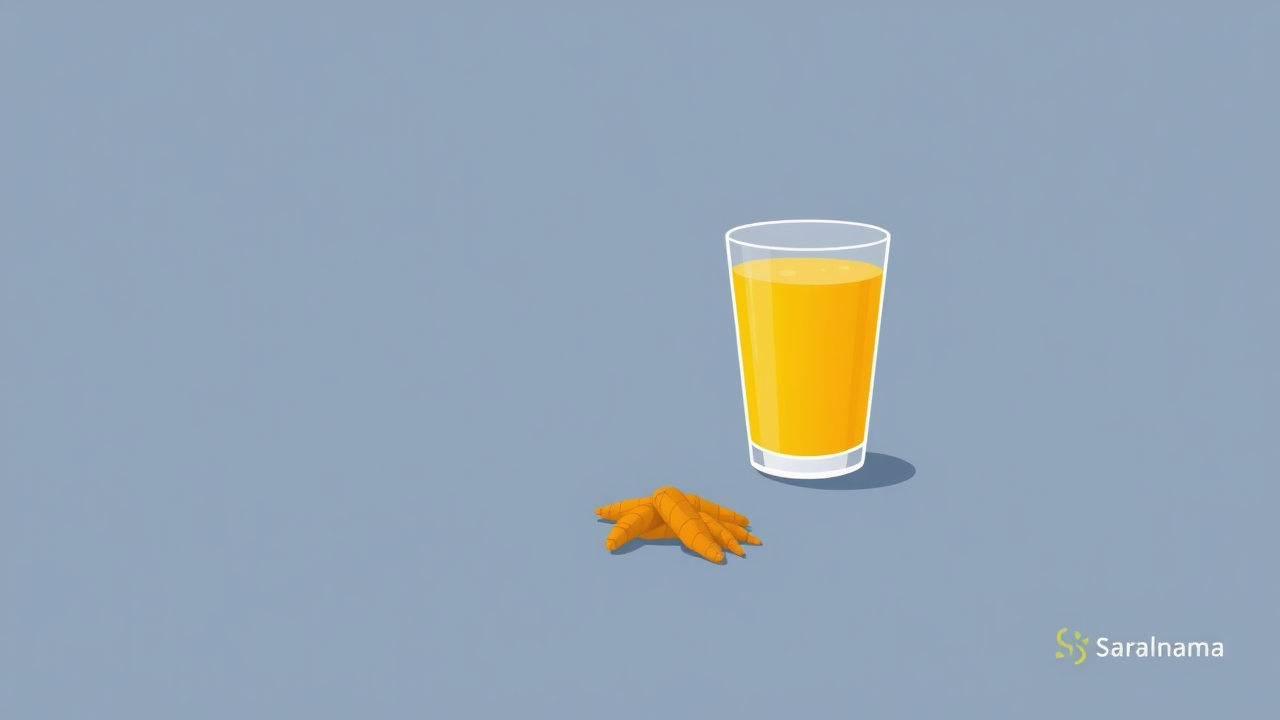Turmeric, known locally as haldi, belongs to the ginger family and has been a staple in traditional home remedies. Many people now begin their day with a warm glass of turmeric water, hoping to reap its health benefits. According to experts, turmeric contains curcumin, a natural compound with anti-inflammatory and antioxidant properties. Drinking turmeric water may support digestion, liver function, and metabolism while reducing inflammation. It may also improve skin clarity, reduce acne, and promote a youthful glow. Regular intake could boost immunity, improve gut health, and lower cholesterol levels, potentially reducing the risk of chronic diseases like arthritis, heart disease, and certain cancers. However, experts warn that excessive consumption without medical supervision can lead to stomach discomfort, anemia, hormonal imbalances, and other issues. People with specific health conditions, pregnant or breastfeeding women, and those on certain medications should exercise caution.

Potential Health Benefits and Risks of Daily Turmeric Water
While turmeric water offers several health advantages, overconsumption can cause problems. Stomach discomfort like acid reflux, constipation, diarrhea, nausea, and vomiting are common issues linked to excessive intake. High curcumin levels may block iron absorption, leading to anemia. Women may experience irregular menstrual cycles due to hormonal imbalances, and men with existing hormonal disorders might also face discomfort. Turmeric acts as a natural blood thinner, and in rare cases, it can cause kidney damage. Experts recommend adding black pepper powder to enhance curcumin absorption. Using organic turmeric is advised to avoid adulterated products. People with gallstones, kidney stones, irritable bowel syndrome, acid reflux, stomach ulcers, or diabetes should be cautious. Those on blood-thinning medications or diabetes drugs must consult a doctor before starting this routine.
Source: Link
